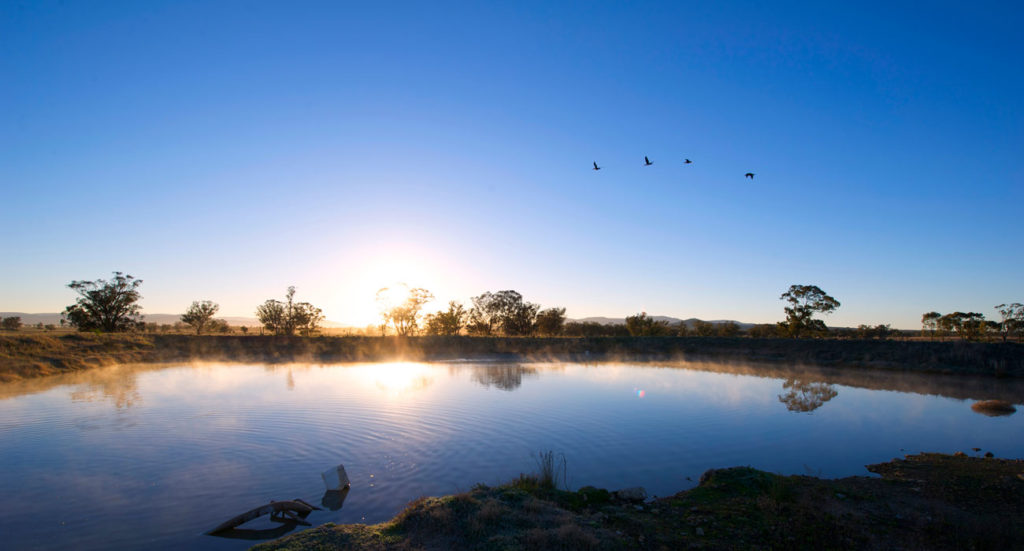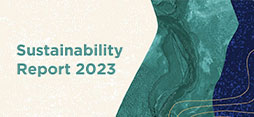26 February 2015
Myths about mining

NSW Mining have responded to a range of myths regarding mining and land use in NSW.
Myth – Nowhere is sacred. Nowhere is safe.
Fact – Mining uses less than 0.1% of land in NSW. Mining cannot happen in National Parks, which account for 7.6% of land in NSW. Every project is subject to a detailed assessment under the Environmental Planning and Assessment Act 1979 and if they don’t meet the strict criteria set out to minimise any impacts on the environment then they are not approved. (Source: National Parks and Wildlife Act 1974; Australian Collaborative Land Use and Management Program).
Myth – Nearly all of NSW is covered with applications and titles for mining.
Fact – Coal and mineral mining titles only apply to 0.48% of the State’s land, a figure that has remained steady for more than a decade. Actually mining only accounts for 0.1% of the State’s land. Private coal and minerals exploration titles apply to 22% of the State, of which only a tiny proportion is actually disturbed by exploration activities. This does not include petroleum titles. (Source: NSW Trade & Investment; Australian Collaborative Land Use and Management Program)
Myth – Mining and exploration poses a threat to our food security.
Fact – Australia produces enough food for 60 million people. That’s nearly three times more than we consume. Mining only accounts for 0.1% of the State’s land, while agriculture uses 76%. The impacts of all exploration and mining activities are assessed under the Environmental Planning and Assessment Act 1979, including impacts on agricultural land and land owners can already refuse mining on the surface of their land if it is agricultural land. (Source: Australian Collaborative Land Use and Management Program; Mining Act 1992; Australian Bureau of Agricultural and Resource Economics and Sciences).
Myth – Mining has spread out of control in NSW.
Fact – Mining accounts for just 0.1% of the land in NSW. The total number of coal mines has risen by just three since 2005. The area of coal and mineral mining titles has remained steady at around 0.48% of the State for over a decade. (Source: Australian Collaborative Land Use and Management Program; Coal Services Pty Ltd; NSW Trade and Investment).
Myth – Water supplies should not be put at risk by mining.
Fact – Impacts on water are a central element of the assessment of mining projects by Government. All mining proposals are required to prepare detailed water studies that are independently assessed by government agencies and scientists (as required under the Environmental Planning and Assessment Act 1979). Coal and mineral exploration drilling involves the same or very similar techniques to water bore drilling, which has been undertaken extensively throughout NSW. All drilling requires government licences, which include specific requirements to protect aquifers. (Source: Exploration Licence conditions, Mining Act, 1992).
Myth – Mining is a big user of water in NSW.
Fact – Mining uses less than 1.4% of the total water consumed in NSW. Mining companies typically recycle at least 40% of their water on-site, with some mines recycling as much as 80% of their water. Agriculture uses 49.2% of NSW water. Water supply, sewerage and drainage accounts for 23.1% of NSW water. (Source: Australian Bureau of Statistics; www.worldclassminers.com.au).
Myth – Land owners have no rights.
Fact – Mining companies can’t compulsorily acquire property (there are no provisions in any legislation that allow for this). Land owners can refuse mining on the surface of their land where it contains agricultural land or other significant improvements, such as houses and gardens. Land owners can negotiate the terms of exploration on their land. Their land cannot be accessed for exploration before an agreement between explorers and landholders is reached.(Source: Mining Act 1992).
Myth – Mining and farming can’t coexist.
Fact – Many farms and mines successfully coexist and share land. Click here for examples. (Source: www.worldclassminers.com.au).
Myth – Coal and mineral exploration is an invasive activity.
Fact – All disturbance must be rehabilitated and a security deposit must be lodged with the regulator before exploration can begin to ensure all rehabilitation is completed to specified standards.
Myth – Land is useless when mining is finished.
Fact – Before any mine is started a rehabilitation plan must be submitted and approved by the Government. Many ex-mines across NSW have been rehabilitated to create forests, parks, grazing and farm land. Click here for examples. (Source: Mining Act, 1992; NSW Trade & Investment, EDG03 Guidelines to the Mining, Rehabilitation and Environmental Management Process; worldclassminers.com.au).
More information is available at http://landusefacts.com/
Categories:
Industry news Whitehaven coal
Whitehaven coal

